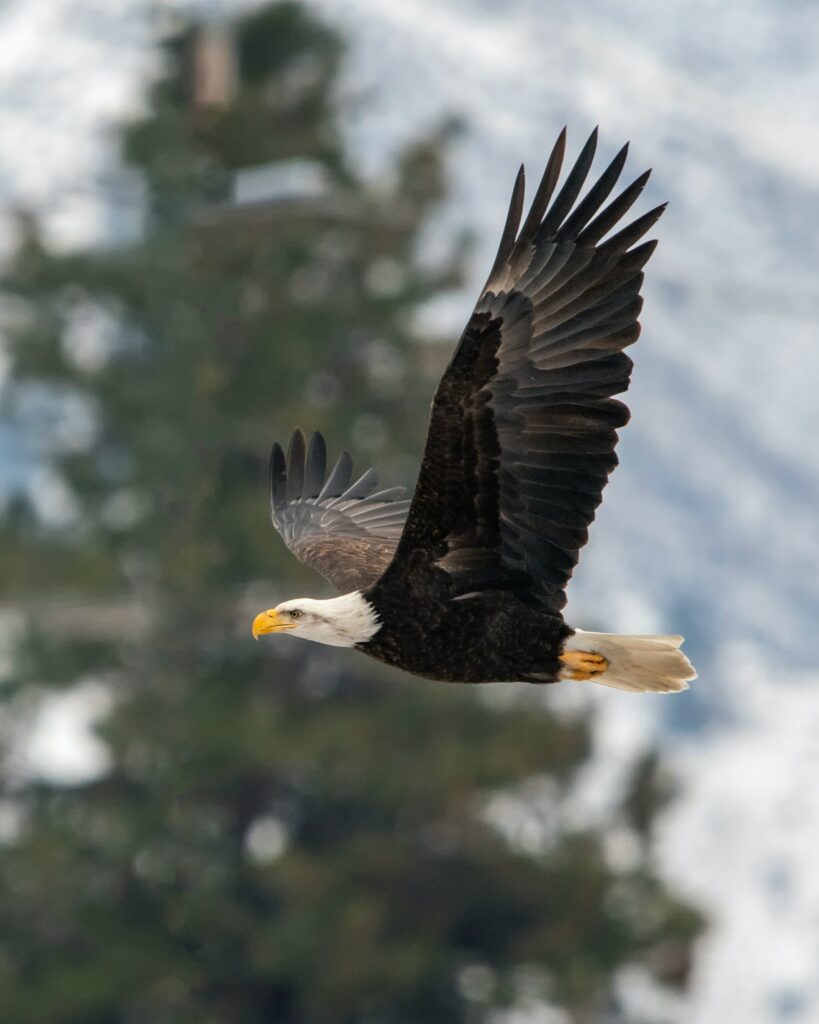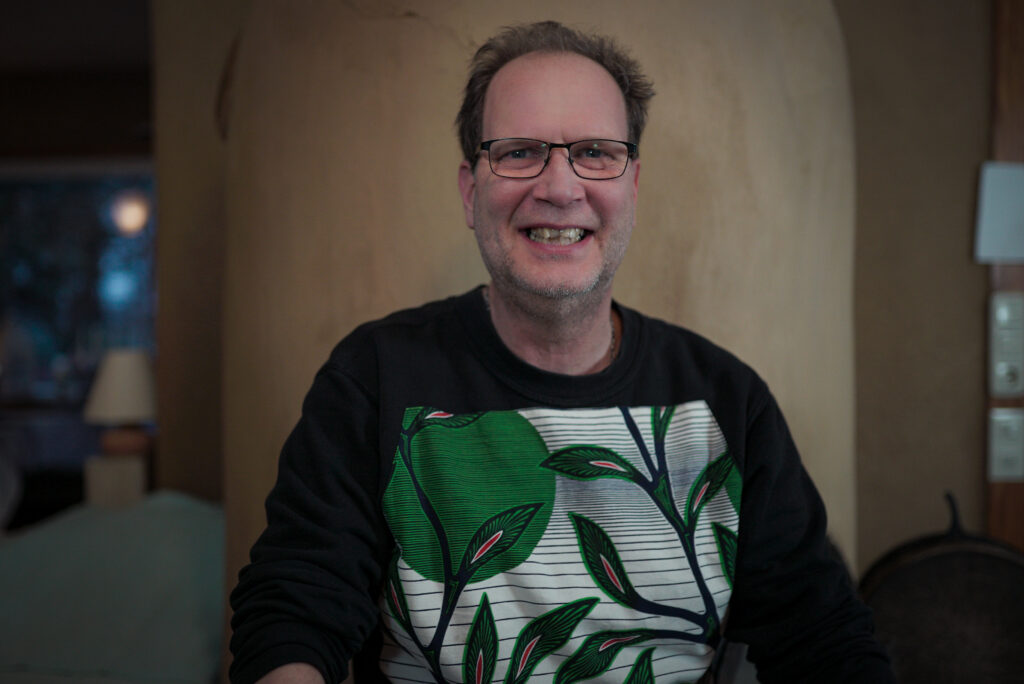
The Stone Dance is a ceremony very similar to the Sun Dance and has its origins in Lakota culture and tradition. At the same time, the stone dance is something new and unique.
Tobias Heinrichs lived for many years on the “Pine Ridge Reservation” in South Dakota (USA) and was adopted there by a family that is in a line of ancestors of medicine men. During a ceremony, he and his Lakota mentor received instructions from the spirit world and were shown an altar made up of several stone circles that are built and connected in a specific way.
It takes a lot of work and time to build these different sized stone circles. Our community has grown more and more over the years, so that such an altar was built for the first time in 2005 and the stone dance has been able to take place annually since then.
After intensive preparation, people voluntarily enter this altar to pray and dance.
They are devoted to prayer and the spirit world and have made a promise to fast for four days.
During the days of preparation, more and more people come to the square to help, a small tent village is created and a powerful atmosphere for dance and prayer is built up.
On the fourth day the sacred tree is placed in the center of the stone circle and the next day the dance begins.
The next four days are a time of deep devotion and prayer for the dancers.
They are supported by the energy of the dancers in the outer circles and by singers and drummers singing traditional powerful songs and giving the dance its heartbeat.
For participation in the ceremony (stone dance and sweat lodges) we ask for a reasonable donation.
Our history
In 2005 the stone dance took place for the first time. It is the central element of our steadily growing community and is held annually.
In 2005 the stone dance took place for the first time. It is the central element of our steadily growing community and is held annually.
Dirk Heinrichs, Tobias’ son, has been in charge of the Steintanz in Wieckenberg since 2022. He will be accompanied by Tobias for four years, as is traditional.
Since 2017 there has been an additional stone dance in Hungary led by Jens Hofmann.
Process
preperation:
In the days of preparation, a powerful atmosphere for dance and prayer is built up.
More and more people come to the site to help, and a small tent village is created.
Stone circles of different sizes are set up.
In the mornings and evenings, sweat lodges are infused, where helpers and visitors are welcome. It is the ideal opportunity to visit a sweat lodge. They are particularly powerful during preparation, as the whole community comes together and the energy is correspondingly strong.
Treeday:
On the fifth day, the sacred tree is placed in the center of the stone circle, around which the dance takes place from the next day.
In the afternoon, the old tree, which has stood on the square for a year, is taken down in a ceremony and replaced with the new tree.
Final preparations at the altar are completed.
On this day, the sweat lodges are poured up together for everyone on the square.
Stone dance:
These four days are a time of deep devotion and prayer for the dancers.
They are supported by singers and drummers who sing traditional, powerful songs and give the dance its heartbeat.
Every visitor and helper is invited to dance in the outer circle and thus support the dancers.
The energy on the camp site is based on mutual support from the whole family.
The sweat lodges are carried out separately between helpers and dancers.
During the preparation we build a kitchen, toilets, showers, solar power and have gained a lot of experience in sustainable construction of a camp structure in recent years. From large tipi tents to high-end camper vans and small igloo tents, we have everything. The rule is – come as you feel comfortable.
There is a familiar, joyful and loving energy on the camp site. We are always happy about new guests.
Additional
Children and dogs are very welcome. However, dogs must remain in the camp and are not allowed on the dance floor.
Some people visit us for a day. Others are already there to help during the preparation and remain part of the community until the dismantling. As a visitor or helper there is no need to register, you can be a part of this ceremony directly.
When entering the altar, we ask that women wear skirts that cover the knees and tops that fall over the shoulders. This can also be a beautiful cloth. This affects both the sweat lodges and the dance altar.
We also ask men to dress appropriately during the sacred ceremony. We pay attention to the appreciation of tradition, which we have learned directly from the Lakota.
Gifts for our ecological, biological cuisine are welcome. We eat together three times a day and reorganize the tasks for the camp every day. Every visitor is free to get involved. Only the dancers do without food.
A reasonable donation will be made for participation in the ceremony (stone dance and sweat lodges).
You can join our stone dances as a visitor or helper without registering and freely choose the duration of your stay.
Please make sure that you have all your camp equipment with you and that you bring us a donation for the camp and supplies.
Background
Here Tobias Heinrichs, the “father” of the stone dance, tells more about the background of the sun dance and the stone dance. Let yourself be touched by his many years of versatile experience and his knowledge:
A short summary of the interviews in German:
The Sun Dance was a warrior ceremony in ancient times.
The young warrior tied himself to the tree standing in the middle, which symbolized the enemy. The young warrior was pierced in the chest and tied to the tree. He symbolized “I am so brave that I bind myself to you.” At the same time he recognized and honored the enemy.
The warrior expressed his gratitude to life and to his mother, who carried and gave birth to him for nine months. With the piercing, he tried to get as close as possible to the pain of childbirth.
The revival started in 1917/18. The Sun Dance had been banned by the American government. Medicine people combined at the time to create something that would bring tribal culture to life. These were torn apart and the individual tribes could no longer live together.
Tobias adoptive grandfather Hornchips was part of this group. This changed the sun dance in such a way that people came together, prayed and could enter into the intensive connection to spirit that arises during the sun dance.
It was the merging of two ancient rituals – Sun Dance and Eagle Quest. In the Eagle Quest, the men performed a form of vision quest with a medicine man using a piercing through the chest. In so doing, they have given their body to the Spirits as an offering to give thanks and get what they have asked for. They stayed pierced for four days and then danced their way out of the tree. This was incorporated into today’s Sun Dance.

In a Five Stick-Ritual the sun dance of Tobias and his adoptive family was changed with Woptura. They were shown the altar of four stone rings and how to build it.
Woptura gave Tobias the altar and the order to bring the ritual to Germany.
This is where today’s stone dance came from, which has nothing to do with a warrior’s ceremony. We dance with the Stone People and pray for intense life issues.
The name of our stone dance is Wopturas Tunkan Wacipi – Woputuras stone dance, because it goes back to him.
Tobias has been dancing the stone dance with our community every year since 2005.
Both Stone Dances follow the same procedures and many members of our community participate in both ceremonies. Many dancers support each other’s stone dance as helpers.
The name of our stone dance is Wopturas Tunkan Wacipi – Woputuras stone dance, because it goes back to him.
Tobias has been dancing the stone dance with our community every year since 2005.
Feel free to send us a message via the contact form if you have any further questions or would like to exchange ideas about the stone dance. The name of our stone dance is Wopturas Tunkan Wacipi – Woputuras stone dance, because it goes back to him.
Tobias has been dancing the stone dance with our community every year since 2005.





